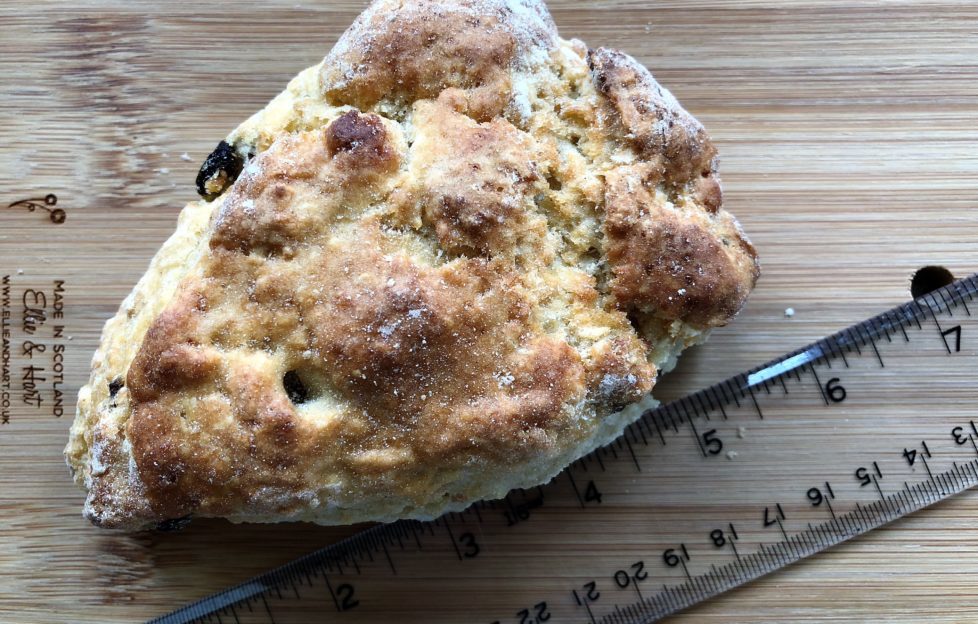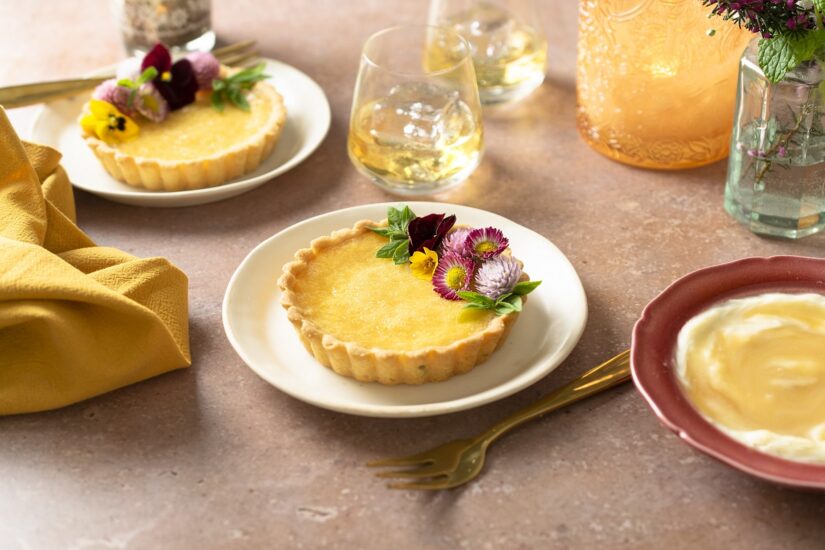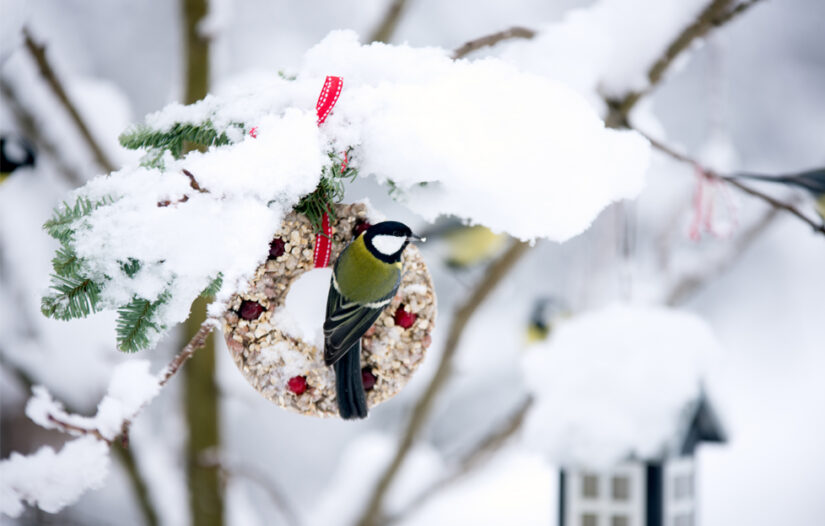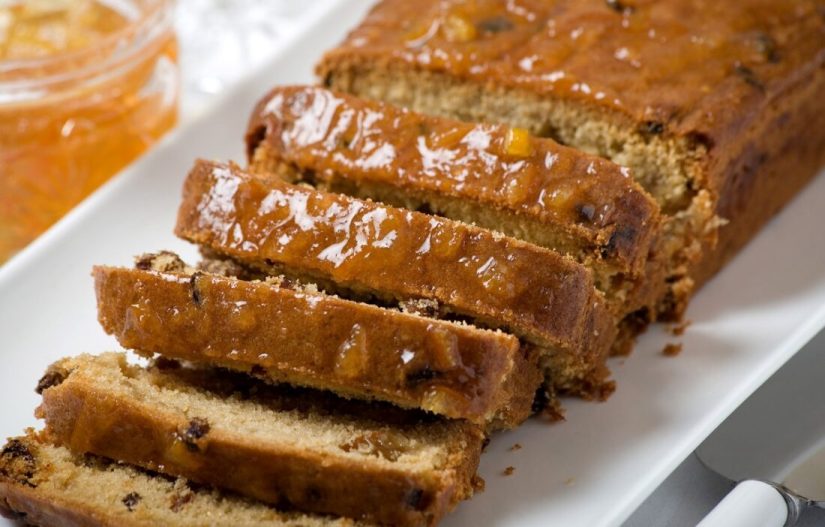
What’s the perfect size for a scone?
I ask because a friend gave me two the other day and they’re the very biggest scones I’ve ever seen. Six inches from top to toe!
He’d actually already received them from someone else. A very kind neighbour of his bakes scones every week and leaves two in a bag on his door handle each Friday morning. She obviously thinks he doesn’t feed himself properly.
Mr Fiction Ed went to visit on a recent Friday to help our friend with his vegetable plot. Friend returned the favour by sending his precious scones home with Mr F.Ed for me. (He knows Mr F.Ed only eats cake that involves chocolate.)
So, about these scones. Sultana, and wedge-shaped and HUGE. I had one at lunchtime on Saturday. An excellent scone, nice and light, but just too filling, if I’m honest. Which brings me back to my initial thought. What’s the perfect size for a scone?
I have three circular cutters in my kitchen drawer, 2”, 2.5” and 3” (5cm, 6.5cm, 8cm). I always use the middle one for plain or fruit scones, the smallest for buttermilk scones. The largest is too big….like this triangular example, delicious though it was.
And if all this scone chat has put you in the mood for baking a batch, a conventional recipe for a fruit scone is:
- 200g/8ozs SR flour
- Half teasp salt
- 50g marg or lard
- Enough milk to make a soft dough
Mix flour and salt, rub in margarine till it’s like coarse breadcrumbs. Stir in sultanas.
Add milk and stir together until you get a smooth dough – I usually start with the knife and end up using my hands.
Sprinkle flour over a smooth surface and knead the dough lightly. Roll it out till it’s about 1cm/half inch thick.
Cut in rounds and then roll the trimmings together to get a few more.
Place on a greased baking tray and brush the tops with milk. Bake at 220/425/Gas 7 for about ten minutes.




